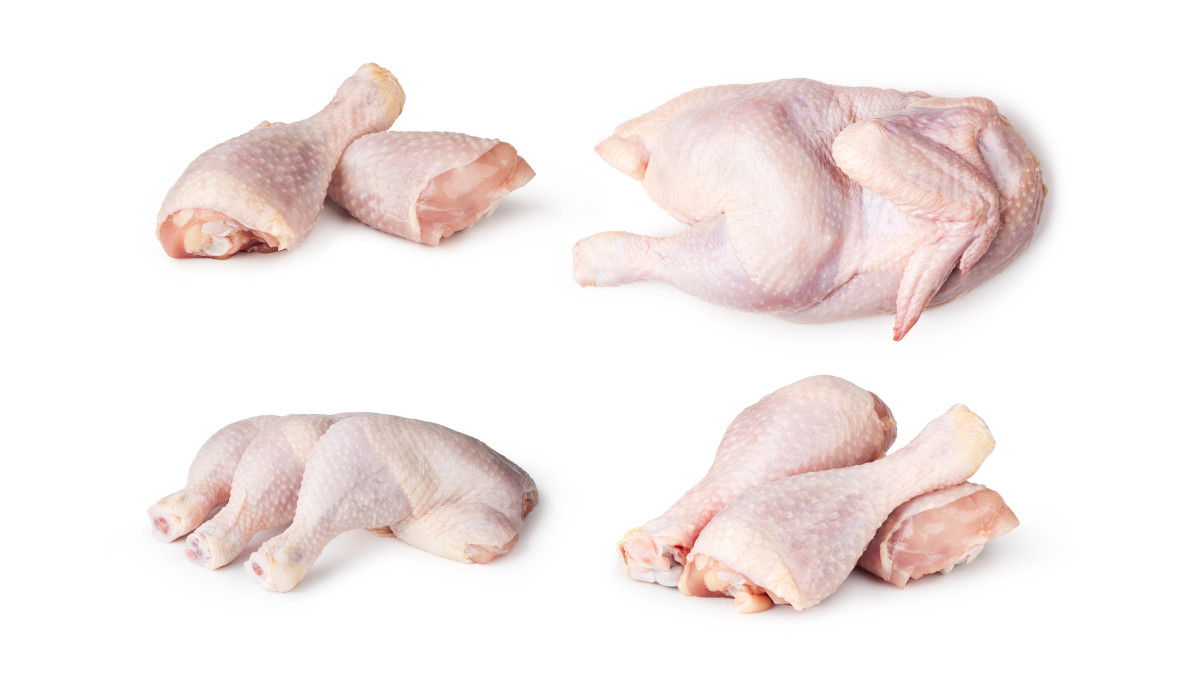
Ranges of antimicrobial resistant (AMR) E. coli in rooster in the UK have remained solid up to now few years, in keeping with a record.
Findings come from a survey of AMR in E. coli in contemporary retail rooster in 2020 revealed by way of the Meals Requirements Company (FSA). Generic E. coli micro organism may also be helpful signs of AMR patterns.
Total, 315 rooster meat samples had been amassed, most commonly from England however some in Scotland, Wales, and Northern Eire, from 10 grocery store chains. Nearly all had been of UK starting place however 5 had been from Poland and one from Eire. Forms of meat had been complete rooster, rooster breasts and different cuts, together with quarters, legs, thighs and drumsticks.
In overall, 41 of the 315 samples analyzed had been certain for Prolonged Spectrum beta-lactamase (ESBL) or AmpC-producing E. coli. Between 2018 and 2020, the proportion of samples certain used to be nearly the similar. There used to be an building up within the proportion of isolates with an ESBL-phenotype however a lower in the ones with an AmpC-phenotype on this length.
Restoration of ESBL-phenotype E. coli ranged from 0 p.c to 22.1 p.c of the samples examined in keeping with grocery store.
Colistin discovering
3 samples from Poland had the mcr-1 transferable colistin resistance gene. That is the primary recognized time that retail rooster samples had been certain for mcr plasmid-mediated colistin resistant E. coli. A chance review deemed the chance to be very low.
FSA traceback discovered the 3 samples originated from two authorized premises in Poland. It used to be showed that colistin used to be used at the flock of chickens.
The foremost gene varieties recovered from retail rooster meat range to these inflicting illness in the United Kingdom, which means rooster isn’t a big supply of ESBLs in people.
Not one of the 41 E. coli isolates had been proof against the closing hotel carbapenem antimicrobials, which might be used to regard serious infections when different choices have failed.
About 60 p.c of isolates had been proof against the quinolone antibiotics (ciprofloxacin or nalidixic acid) or to chloramphenicol. Maximum isolates had been proof against sulfamethoxazole and tetracyclines, and part had been proof against trimethoprim.
The undertaking, run by way of Hallmark Meat Hygiene and the Animal and Plant Well being Company, used to be a part of Ecu surveillance however in spite of the reality the United Kingdom has left the EU, the FSA goes to proceed to watch AMR in retail meats.
From October to December 2021, there have been 100 red meat and 100 red meat meat samples on retail sale within the 4 UK nations amassed.
Research comes to preliminary isolation and enrichment of E. coli from all meat samples, previous to checking out for AMR, particularly ESBLs, AmpC and Carbapenemase-producing E. coli. Research for colistin resistance and the colistin resistant mcr genes can be incorporated.
The paintings will lend a hand decide if those meats pose a chance to public well being in the case of AMR and make allowance tracking of traits through the years.
Analysis on AMR genes in RTE meals
Every other learn about has appeared on the variety of AMR genes in 52 ready-to-eat (RTE) meals, together with milk, tomatoes, bananas, cheese and ham from the 8 greatest shops in 2019.
In overall, 256 samples had been examined by way of researchers, together with 33 forms of produce, 17 of dairy, and two forms of cooked meat. Researchers at Fera stated there have been inadequate pattern numbers to permit comparability of publicity chance between foodstuffs.
Scientists detected 477 distinct AMR genes from 111 distinct AMR gene households within the samples of ready-to-eat meals. Genes related to colistin and methicillin resistance had been hardly ever discovered. Greater than 50 several types of fluoroquinolone resistance genes had been present in quite a lot of forms of produce. Carbapenem resistance and attainable ESBLs had been additionally present in a top share of person diets.
Alternatively, the learn about didn’t analyze whether or not the genes had been running and making the micro organism resistant to those antibiotics. It additionally discovered it used to be extra environment friendly to extract bacterial DNA from fruit like apples that may be rinsed, slightly than meals equivalent to milk.
(To join a loose subscription to Meals Protection Information, click on right here.)
